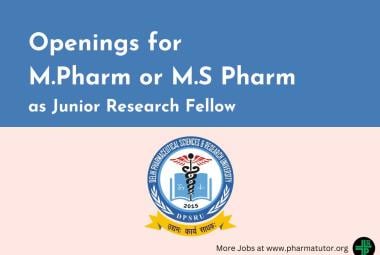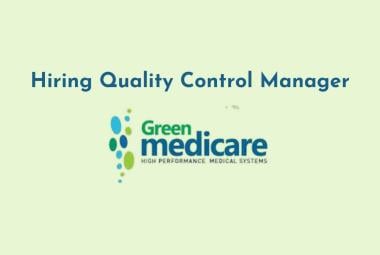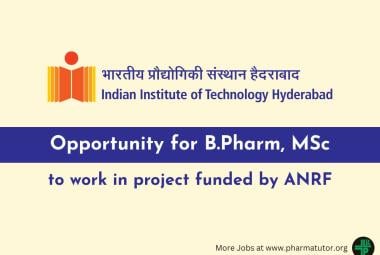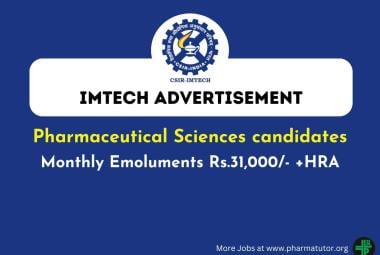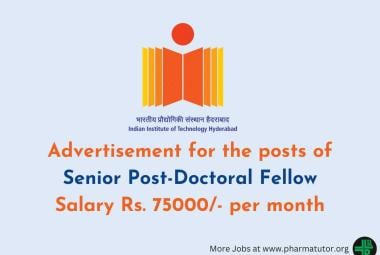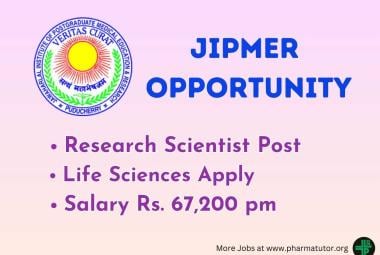 ABOUT AUTHORS:
ABOUT AUTHORS:
Krishna J. Kathawala1*, Gaurav L. Ninama1, Ankitkumar Y. Parikh1, Krupali V. Upadhyay2
1A. R. College of Pharmacy & G. H. Patel Institute of Pharmacy B/H. B & B Polytechnic College, Vallabh Vidyanagar - 388 120, Gujarat, India.
2Shree Satsangi Saketdham “Ram Ashram” group of Institution, At. & Post. Vadasma, Tal. & Dist. Mehsana, Gujarat – 382708, India.
*krishna.kathawala@gmail.com
ABSTRACT
Nitric oxide (NO) and Carbon monoxide (CO) are the reputed neurotransmitters involved in the regulation of vascular tone. H2S, which synthesized from L-cysteine, can play more vital role as Gasotransmitters compare to NO and CO. H2S have a role as a stimulator of ATP-sensitive potassium channels (KATP-channels) in the vascular smooth muscle cells, neurons, cardiomyocytes and pancreatic β-cells. H2S also minimize the toxic effect by reacting with reactive oxygen and/or nitrogen species and attenuating their physiological functions. H2S have a unique feature of not to stimulate soluble guanylate-cyclase like other Gasotransmitters. H2S plays a critical role in the regulation of vascular tone, neurotransmission, insulin secretion, and myocardial contractility. Recent studies showed that, in various animal models of arterial and pulmonary hypertension, Alzheimer’s disease, gastric mucosal injury and liver cirrhosis had H2S deficiency which defines the significance of H2S. Exogenous H2S alleviates myocardial dysfunction associated with the ischemia/reperfusion injury with reducing the damage of gastric mucosa generated by anti-inflammatory drugs. H2S had also some drawbacks like every coin has two sides. Excessive production of H2S may contribute to the pathogenesis of inflammatory diseases, septic shock, cerebral stroke and mental retardation in patients with Down syndrome, and reduction of its production may be of potential therapeutic value in these states. Preclinical evidence is provided to show that H2S releasing derivatives of several NSAIDs, including Diclofenac and Indomethacin indeed represent excellent gastrointestinal safety and are more potent than the parent drugs as anti inflammatory agents. Derivatives of anti-inflammatory drugs other than NSAIDs (e.g. mesalamine) have also been shown to be significantly improved over the parent drug in many respects. So, H2S can be Revolutionary scientific miracle as a gasotransmitters at maximum potential if the drawbacks are minimize by cutting edge solution.
 About Author:
About Author: 


 ABOUT AUTHORS:
ABOUT AUTHORS: About Author:
About Author: About Author:
About Author: 